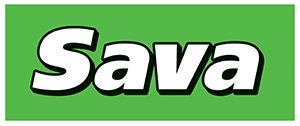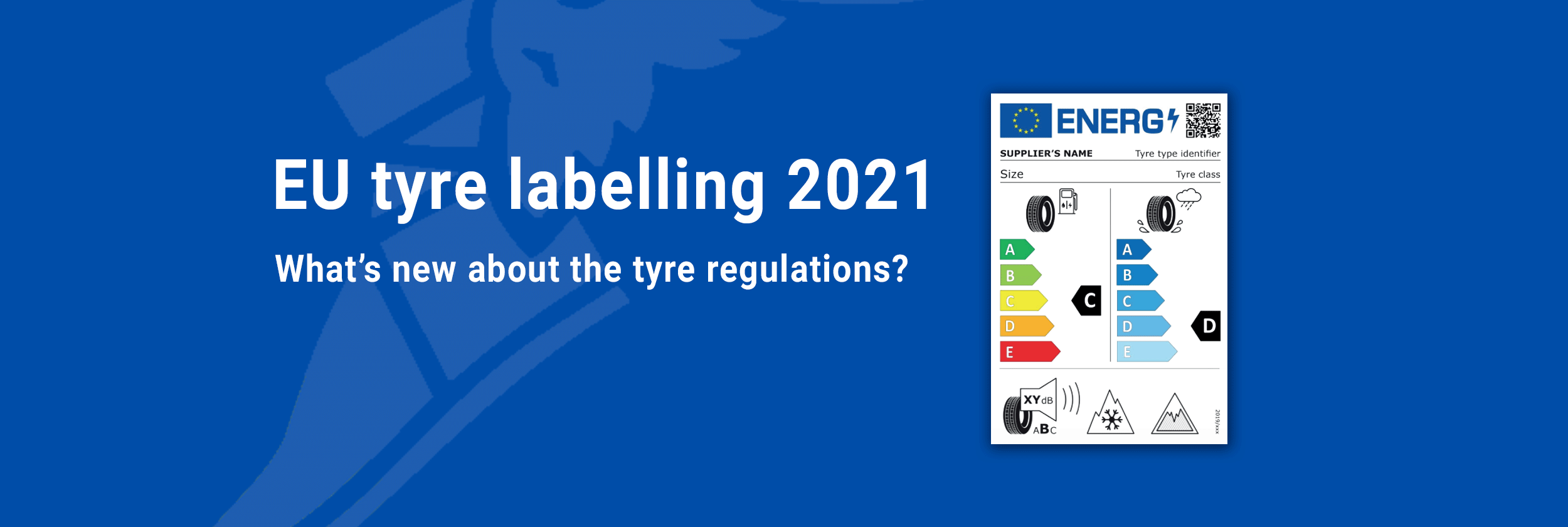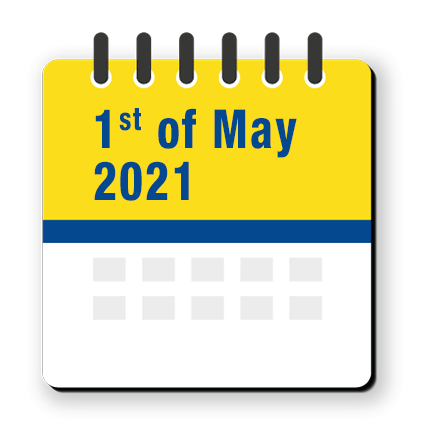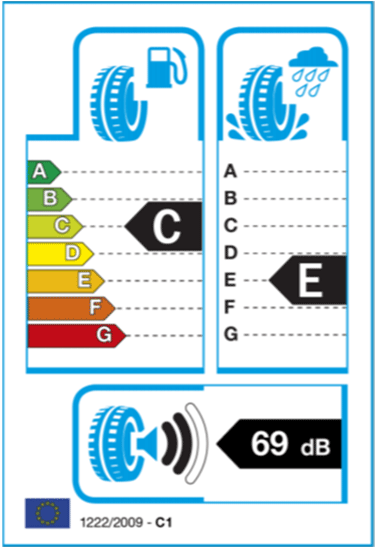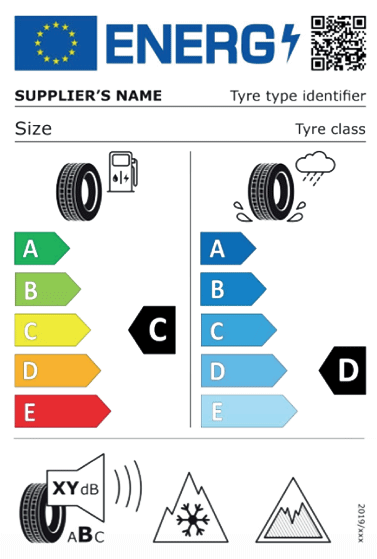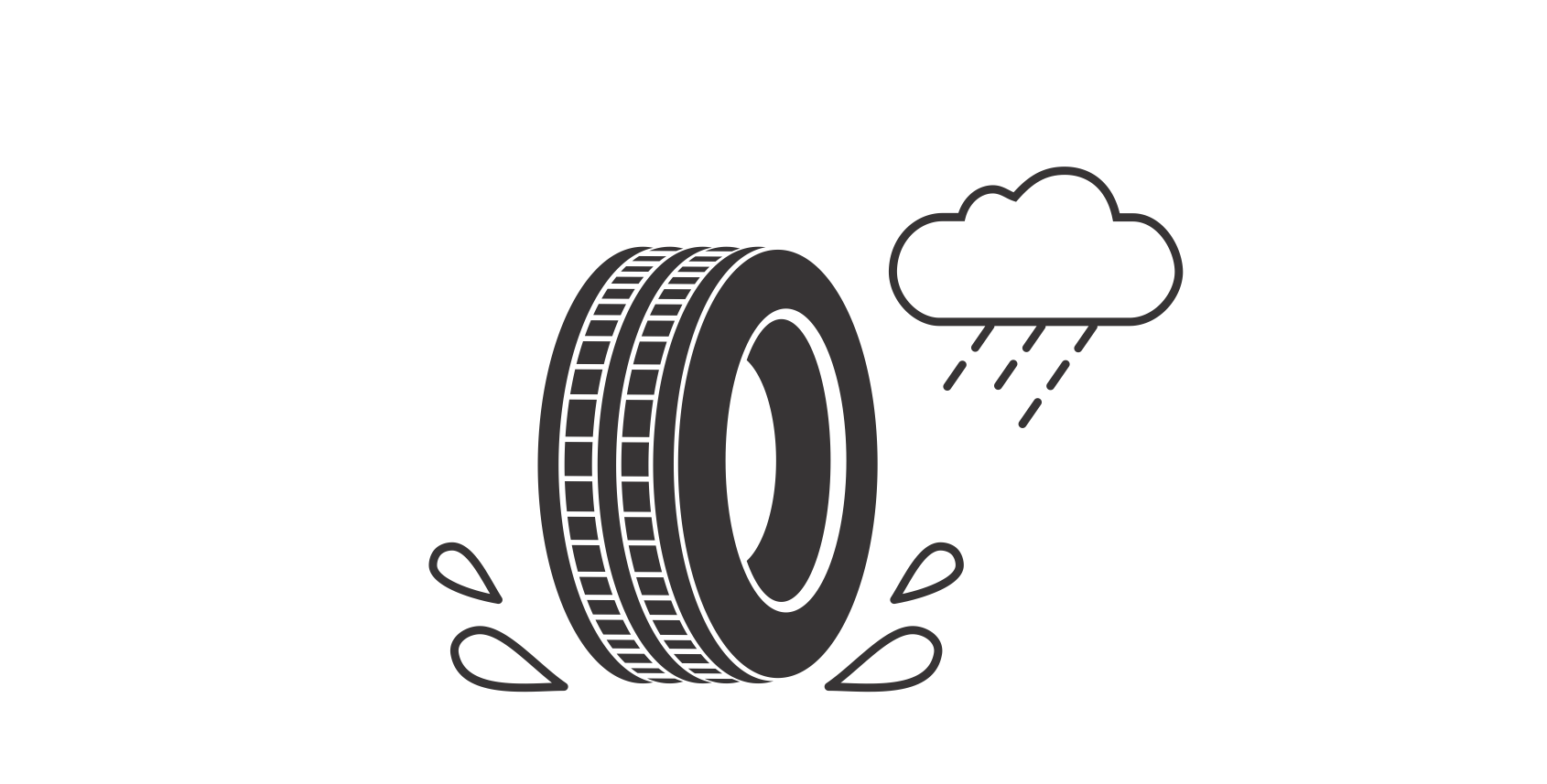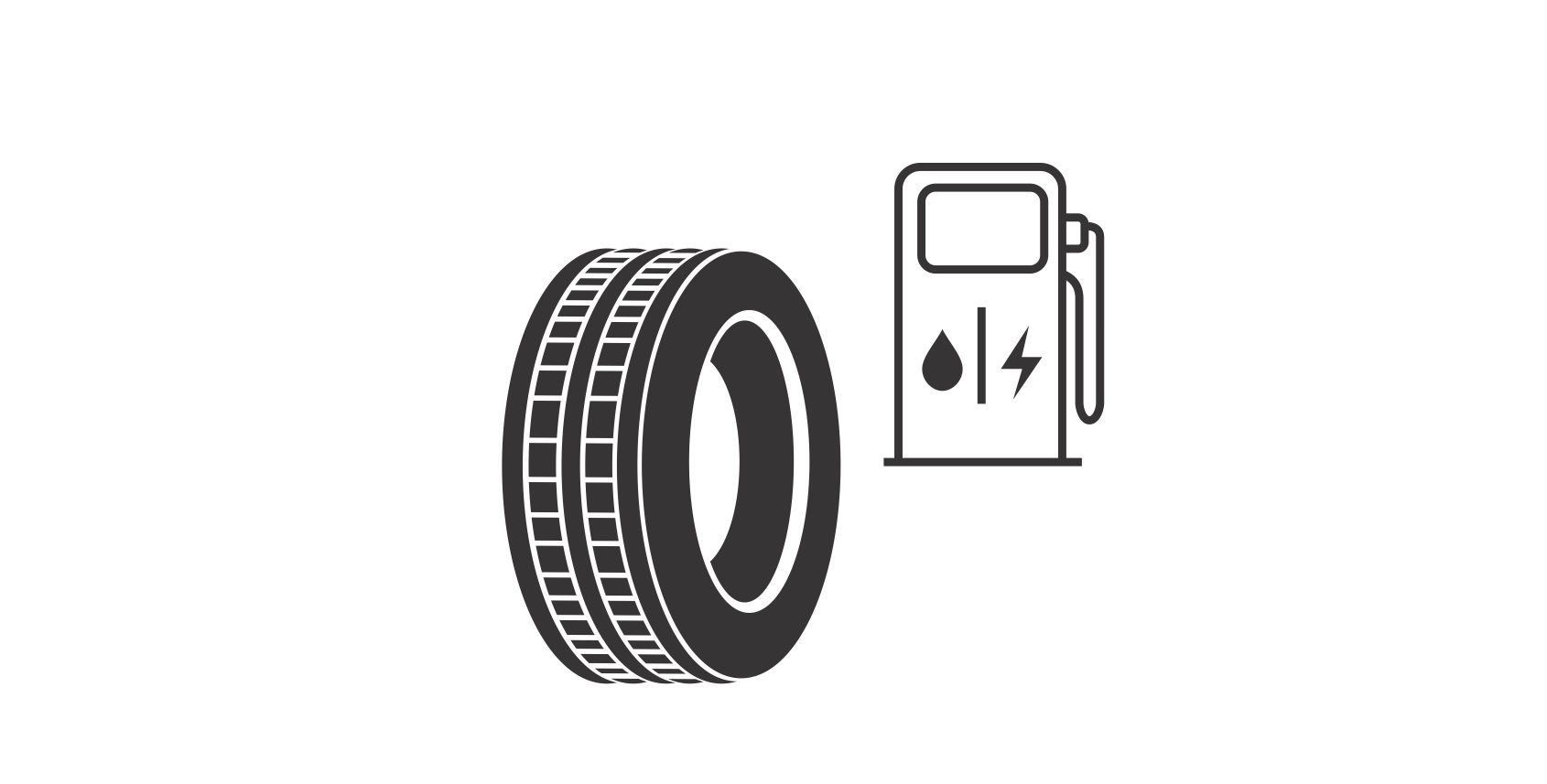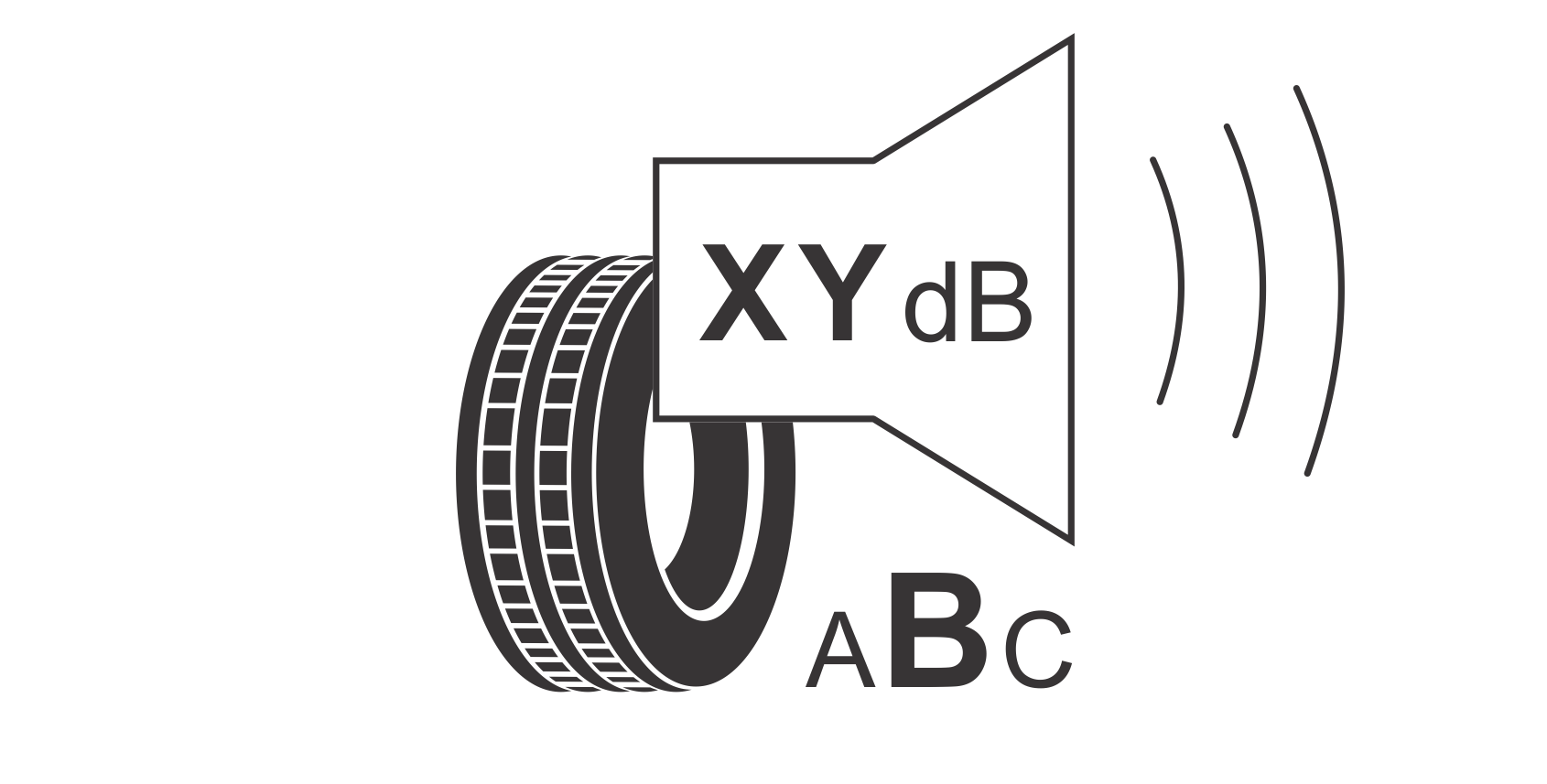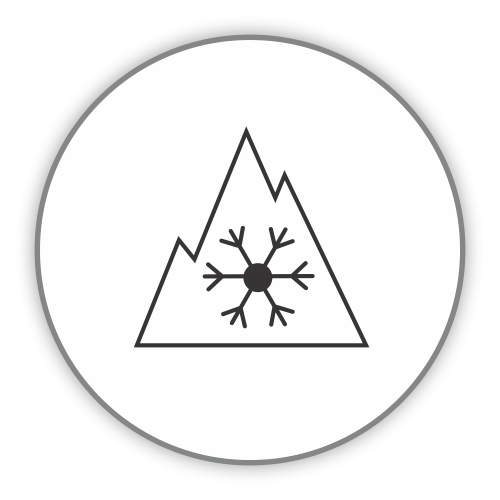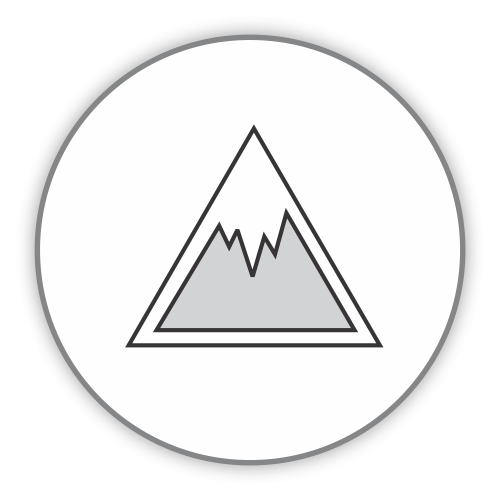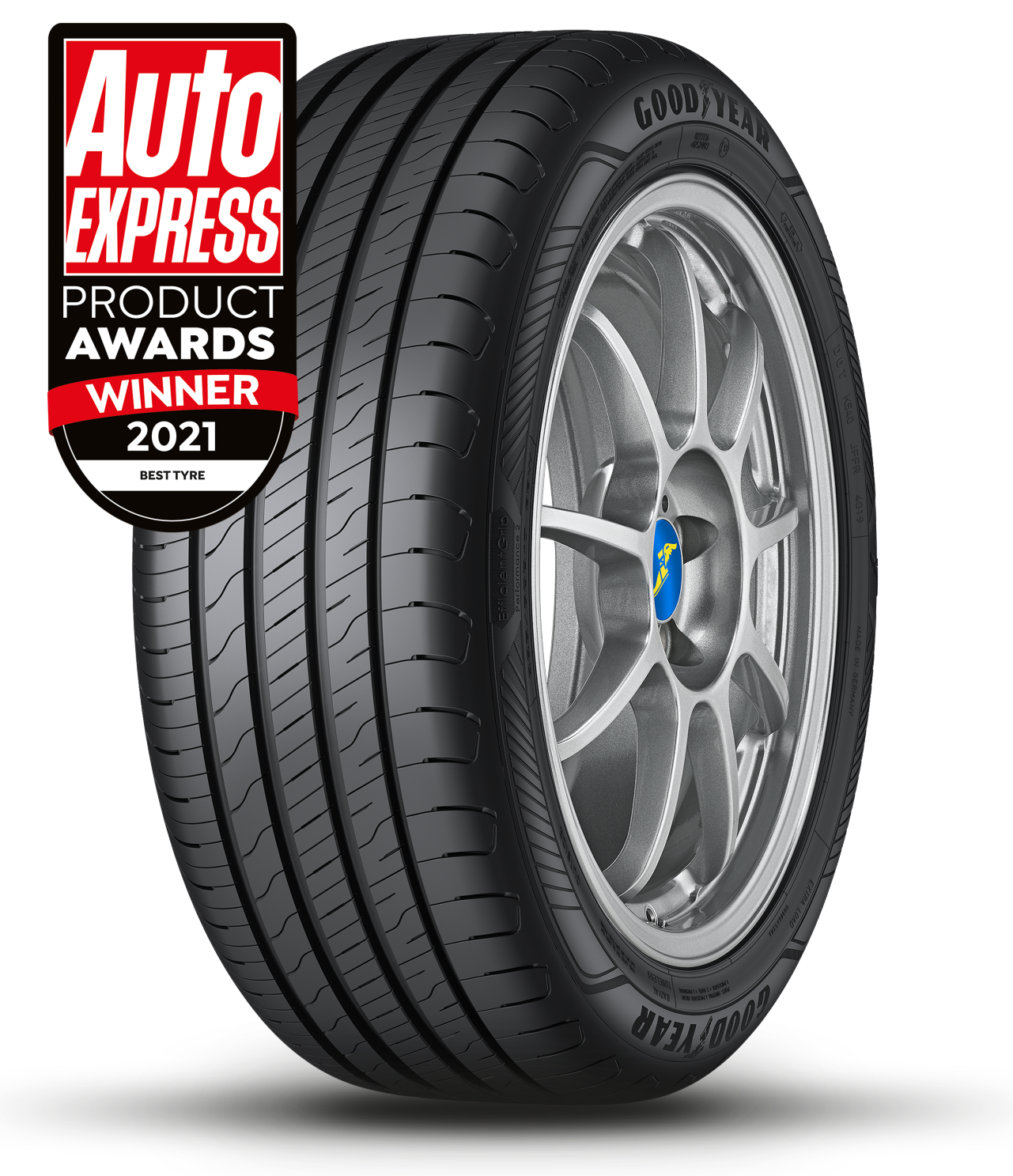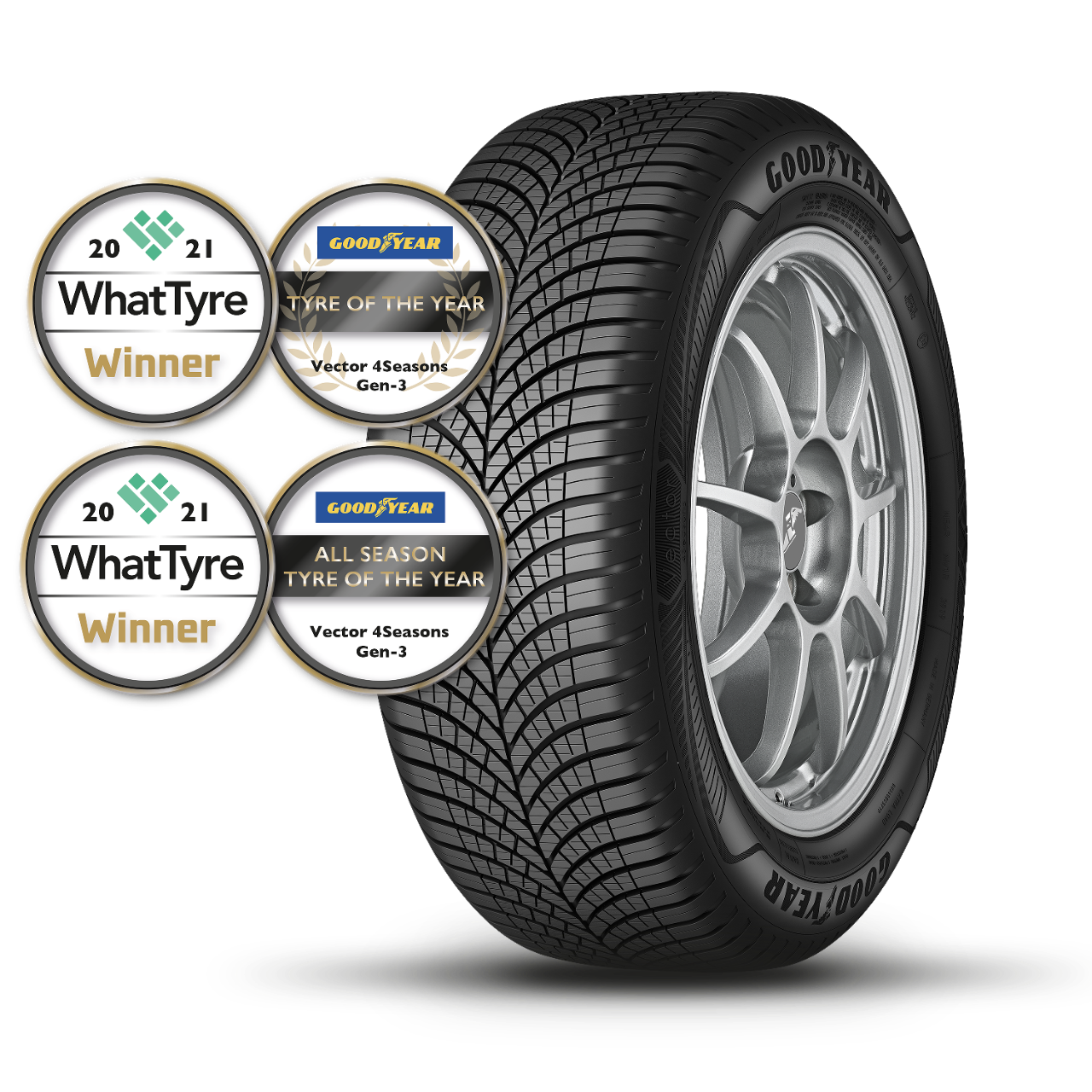‘Wet grip’ is the tyre’s ability to stick to the road in wet conditions. The EU rating focuses only on one aspect of wet grip – the wet braking performance of the tyre. The performance is graded between class A and class E. Tyres with a high wet grip rating will stop more quickly on wet roads when full brakes are applied. In an emergency situation, a few metres can make all the difference.
Note: You should always respect the recommended stopping distances when driving.
*When measured according to the test methods set out in Regulation EC 1222/2009. Braking distances may vary according to driving conditions and other influencing factors.


